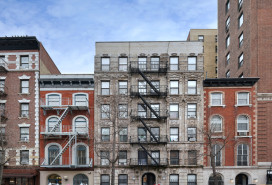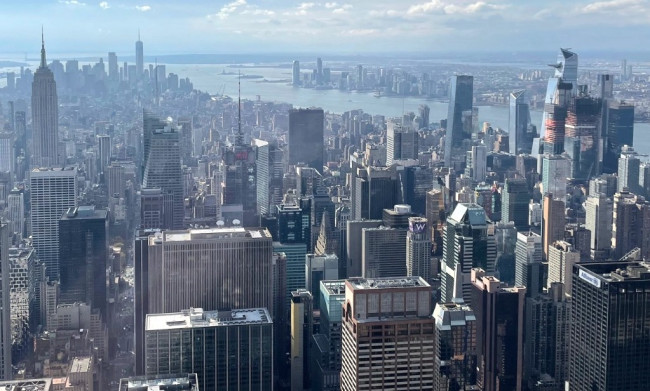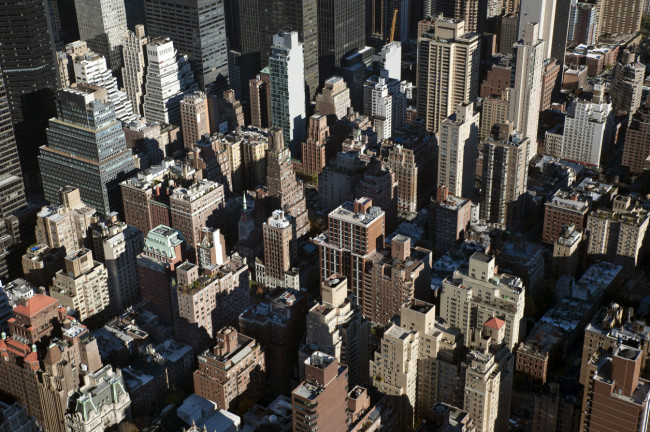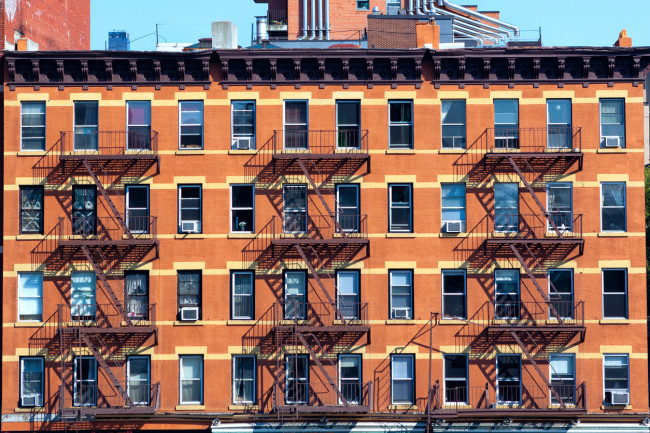Cuomo called for major infrastructure upgrades. What does that mean for NYC real estate?
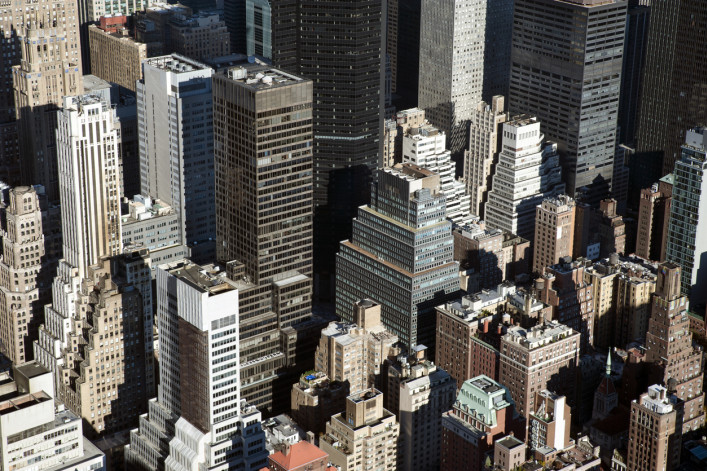
Manhattan will see more than 100 acres redeveloped into a massive, new transit hub.
iStock
Governor Andrew Cuomo pledged major infrastructure upgrades for New York City in his recent State of the State address, promising renewed confidence in the city's future, but will the impact be on its residential real estate—and the practicalities of day-to-day living in NYC?
Manhattan, where real estate has been hit hardest by the pandemic, will see 114 acres redeveloped into a massive, new transit hub, Cuomo says. The short term impact will be disruption—living next to a big construction project can be hellish and is frustratingly familiar to many New Yorkers—but the long-term goal is major—and much needed—revitalization.
Some of the projects are already underway or close to completion. For example, the new $1.6 billion Moynihan Train Hall at Farley Post Office opened on New Year's Day, taking pressure off much maligned Penn Station.
Here's a look at the major infrastructure projects Cuomo plans to bring to the city.
Upgrades to large parts of Midtown
Midtown is the neighborhood that’s been most transformed by the pandemic. As a business hub, it has been badly impacted by the shift towards working from home and its stores have been devastated by the loss of foot traffic. There isn't much relief in sight with many office workers likely to be remote indefinitely. The blow to the commercial sector has had an impact on residential real estate in the area. At the end of 2020 there were 11 to 12 percent price cuts for Midtown apartment listings, according to data from the real estate analytics firm UrbanDigs.
The Moynihan Train Hall is the first part of the Midtown West redevelopment. In addition to transit hub overhauls, the infrastructure upgrades include the development of 1,400 new affordable apartments.
“Investment in transit and housing are tremendous benefits to the city, and something that has been needed for some time,” says Garrett Derderian, director of market intelligence at the brokerage Serhant.
Another boon for Midtown will be the replacement of the Port Authority Bus Terminal and the extension of the High Line. Derderian says this is likely to have a positive impact on the housing market in the local area. There’s also the redevelopment of Pier 76, across from the Javits Center, from a tow pound to an expansion of the Hudson River Park.
The emphasis on connectivity and green space is beneficial to both residents and businesses, Derderian says. He points out the initial phases of the High Line brought new life to West Chelsea, resulting in new businesses and housing units.
Improved transport for the Upper East Side
The pandemic dented confidence in Upper Manhattan and the Upper East Side, as owners moved out of the city and sale prices dropped at least 10 percent towards the end of 2020, according to data from UrbanDigs. Included in plans to modernize the city’s mass transit systems will be the extension of the Second Avenue Subway on the Upper East Side. The Q train currently runs to 96th Street and will be extended to 125th Street in Harlem.
This subway line has already gone some way in making areas like Yorkville much less remote and putting the Upper East Side among the best neighborhoods in which to invest. The hope is that this further extension will open up the east side, bringing revitalization not just to Second Avenue but to the entire area.
Subway and train upgrades
While Manhattan looks to be the major beneficiary of the infrastructure upgrades, there are (the usual) promises to modernize MTA signaling, buy new trains and buses, and make dozens more stations accessible to people with strollers and wheelchairs. This is all part of the MTA’s $51 billion capital plan and will impact all New Yorkers.
Additional upgrades include increasing transit capacity and building another train terminal south of Penn Station. Plans also include the construction of the long-delayed Gateway Program connecting New York and New Jersey. There will also be investments in LaGuardia and Kennedy International airports. The UBS arena at Belmont Park, the future home of the New York Islanders hockey team, is also going to include a new Long Island Railroad station.
“These developments will not only benefit the city and region, but the entire Northeast corridor, and the national economy,” Derderian says.










